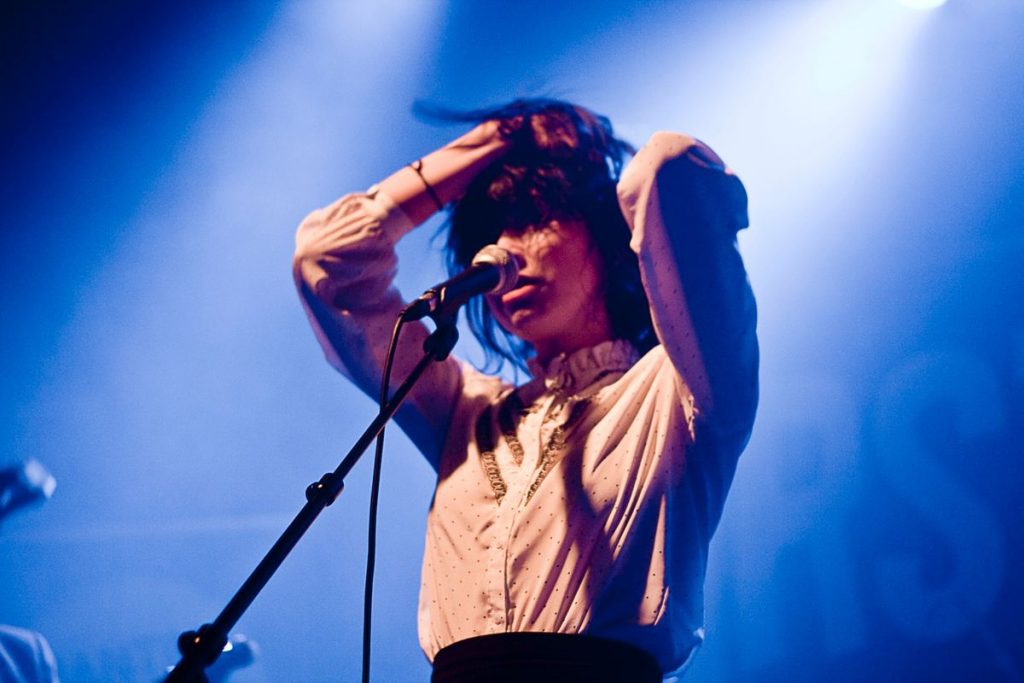At the glamorous venue of a Beverly Hills mansion, Keke Palmer took the reins as host of the Soul Train Awards 2023, offering her lively set of rules for the attendees: maintain decorum, treat the furniture as your own, and most importantly, follow the spirit of the party by getting up and enjoying yourselves. Even with the gusty winds of Los Angeles making their presence known, the guests adhered to the lively atmosphere Palmer curated. At one point during the pre-taped event, Palmer jokingly expressed concern about her wig shifting.
A special announcement during the Soul Train Awards celebrated a milestone – the writing team for the 2023 show marked a historic first by being entirely composed of women of color, coinciding with the end of the writer’s strike.
The awards night, featuring an array of established and up-and-coming R&B/soul artists, spotlighted several captivating performances:
Janelle Monae, honored with the Spirit of Life Award, set the stage ablaze with her vibrant attire, performing tracks like “Float” and “Champagne Shit” from her Grammy-nominated album “The Age of Pleasure.” Backed by an all-female horn section, Monae’s dynamic presence electrified the audience.
Muni Long captivated with a nuanced rendition of her single “Made for Me,” accompanied by Jermaine Dupri and Bryan-Michael Cox. Long’s poignant performance, enhanced by her backing vocalists, elevated the emotional depth of the ballad.
The Soul Cypher showcased talents like Nicci Gilbert, Arin Ray, Eric Bellinger, and Marsha Ambrosius, freestyling over Usher’s hit “U Got It Bad,” accompanied by Cox’s DJ skills. Ambrosius reminisced about winning “song of the year” previously, and the group’s harmonious performance sealed the Cypher’s conclusion.
Coco Jones delivered a mesmerizing performance of “Double Back,” followed by a collaboration with BJ the Chicago Kid on their soulful track “Spend the Night.” Later, Jones joined the members of SWV for a rendition of “Rain,” showcasing their enduring vocal prowess.
Amidst the performances, Keke Palmer took the stage herself, delivering a powerful rendition of her single “Ungorgeous,” garnering an enthusiastic response from the audience.
The night’s pinnacle was the presentation of the Legend Award to T-Pain, praised by David Banner for his resilience and originality, inspiring artists to be true to themselves. T-Pain, in his humble acceptance, shared gratitude for the recognition at 39, advising aspiring artists to not focus solely on accolades but on their own authentic journey in music.
